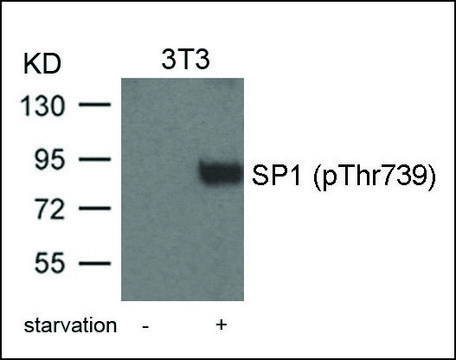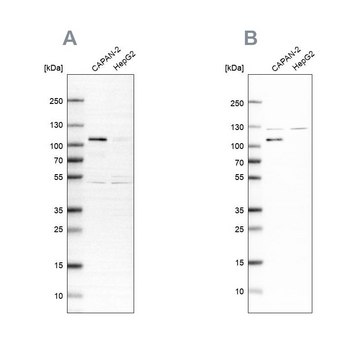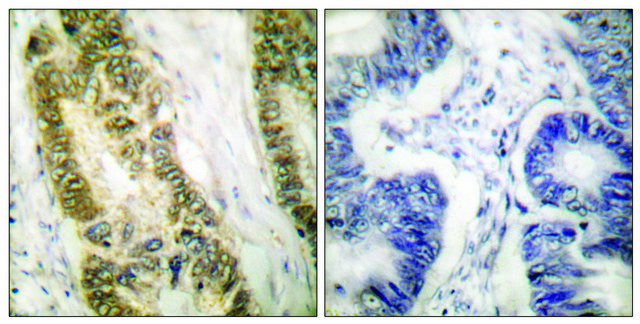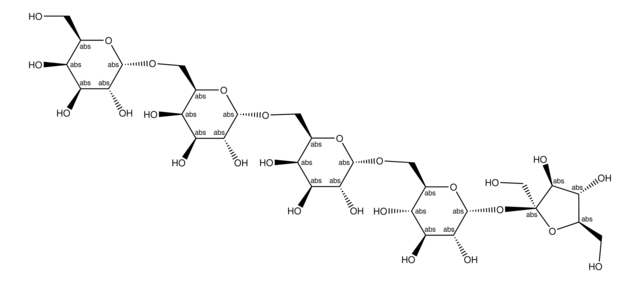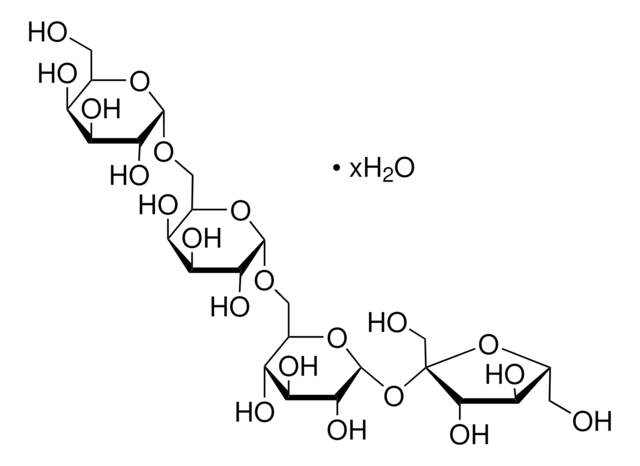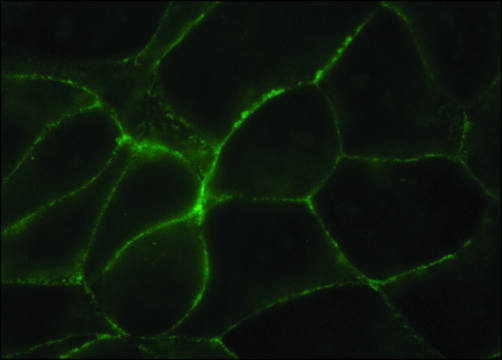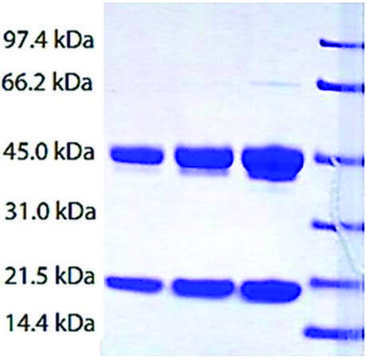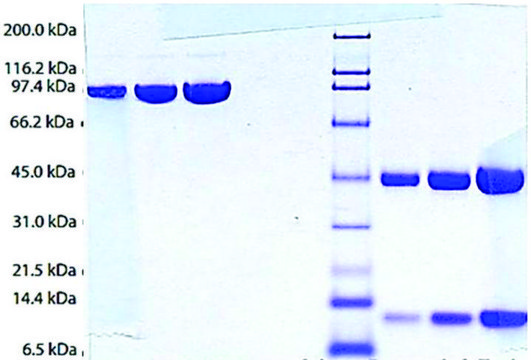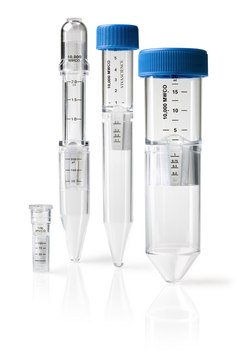S9809
Anti-Sp1 antibody produced in rabbit
affinity isolated antibody, buffered aqueous solution
Sign Into View Organizational & Contract Pricing
All Photos(1)
About This Item
Recommended Products
biological source
rabbit
Quality Level
conjugate
unconjugated
antibody form
affinity isolated antibody
antibody product type
primary antibodies
clone
polyclonal
form
buffered aqueous solution
mol wt
antigen 95-106 kDa
species reactivity
human
technique(s)
microarray: suitable
western blot: 1:100 using a nuclear extract from HeLa human epithelioid carcinoma cells
UniProt accession no.
shipped in
dry ice
storage temp.
−20°C
target post-translational modification
unmodified
Gene Information
human ... SP1(6667)
General description
Sp1 (Simian virus 40 protein-1) is a ubiquitous sequence specific nuclear transcription factor that recognizes GGGGCGGGGC and related sequences (GC boxes) on numerous viral and cellular genes. The sequence specificity of DNA binding is conferred by three c-terminal Cys2His2-type zinc -fingers and its affinity is regulated by a different region. Sp1 is an abundant phosphorylated and O-glycosylated protein that is expressed in most cells in levels dependent on cell type and developmental stage. It is a member of a family comprising Sp1, Sp2, Sp3, Sp4 and at least twelve additional Sp1 like members.
Immunogen
synthetic peptide of human Sp1, amino acids 436-454 with N-terminally added lysine, conjugated to KLH.
Application
Anti-Sp1 antibody produced in rabbit has been used in western blotting and immunoprecipitation.
Biochem/physiol Actions
Sp1 (Simian virus 40 protein-1) has been implicated in maintenance of homeostasis and in cellular responsiveness to environmental changes. It mainly appears to be an activation transcription factor.
Physical form
Solution in 0.01 M phosphate buffered saline, pH 7.4, containing 1% bovine serum albumin and 15 mM sodium azide
Disclaimer
Unless otherwise stated in our catalog or other company documentation accompanying the product(s), our products are intended for research use only and are not to be used for any other purpose, which includes but is not limited to, unauthorized commercial uses, in vitro diagnostic uses, ex vivo or in vivo therapeutic uses or any type of consumption or application to humans or animals.
Not finding the right product?
Try our Product Selector Tool.
Regulatory Information
新产品
Choose from one of the most recent versions:
Already Own This Product?
Find documentation for the products that you have recently purchased in the Document Library.
Context-dependent dysregulation of transcription by mutant huntingtin
Cornett J, et al.
The Journal of Biological Chemistry, 281(47), 36198-36204 (2006)
Role of zinc finger structure in nuclear localization of transcription factor Sp1
Ito T, et al.
Biochemical and biophysical research communications, 380(1), 28-32 (2009)
Mechanisms regulating the cadmium-mediated suppression of Sp1 transcription factor activity in alveolar epithelial cells
Watkin RD, et al.
Toxicology, 184(2-3), 157-178 (2003)
RIP140 expression is stimulated by estrogen-related receptor alpha during adipogenesis
Nichol D, et al.
The Journal of biological chemistry, 281(43), 32140-32147 (2006)
Bo Yang et al.
Journal of immunology (Baltimore, Md. : 1950), 190(7), 3613-3619 (2013-03-06)
Virus-induced signaling adaptor (VISA) functions as a critical adaptor in the regulation of both the production of type I IFNs and the subsequent control of the innate antiviral response. In this study, we demonstrate that tripartite motif (Trim)44 interacts with
Our team of scientists has experience in all areas of research including Life Science, Material Science, Chemical Synthesis, Chromatography, Analytical and many others.
Contact Technical Service![[pGlu5, D-Trp7,9,10]-Substance P Fragment 5-11 ≥90% (HPLC)](/deepweb/assets/sigmaaldrich/product/structures/344/214/783ea896-dc33-4c28-a3e3-fcfedbb825a6/640/783ea896-dc33-4c28-a3e3-fcfedbb825a6.png)
